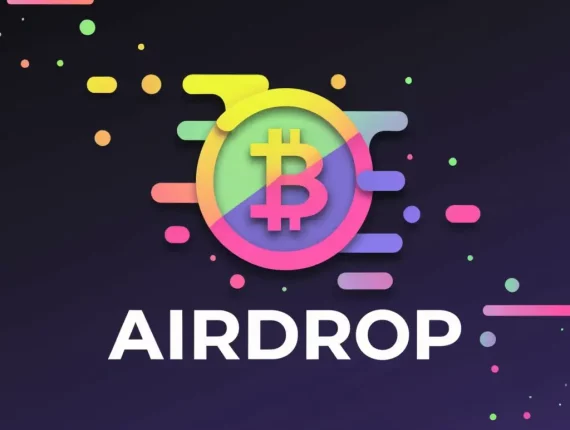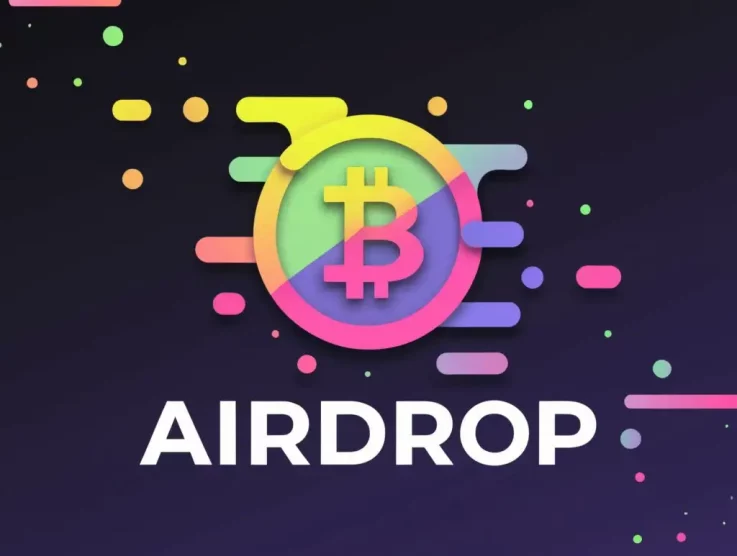In the world of cryptocurrency, one term that stands out is “crypto mining.” Whether you’re a budding tech enthusiast or just someone curious about how digital currencies like Bitcoin, Ethereum, and others come into existence, crypto mining is a crucial part of the process. In this article, we will explore what crypto mining is, how it works, and why it is an exciting opportunity for young people like you to get involved in.
What Exactly is Crypto Mining?
Crypto mining is the process of validating and adding transactions to a blockchain, which is the underlying technology behind cryptocurrencies like Bitcoin, Ethereum, and many others. Essentially, it is the way new transactions are verified and recorded, and it’s also the method through which new coins are created and introduced into circulation.
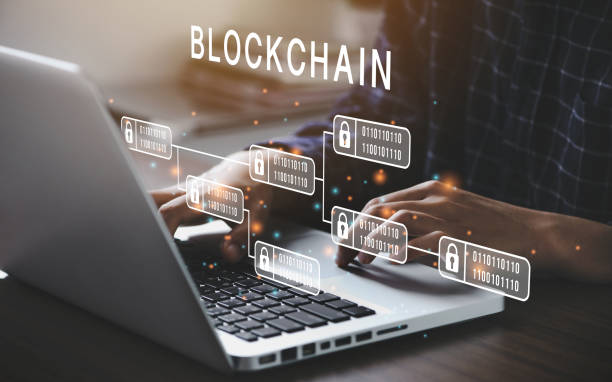
When people talk about “mining” in the context of cryptocurrency, they aren’t referring to digging in the ground for gold or other precious metals. Instead, they’re talking about using computer power to solve complex mathematical problems in a digital environment. These problems are linked to transactions on a blockchain, and solving them is crucial for maintaining the security and integrity of the network.
The Basics of Crypto Mining
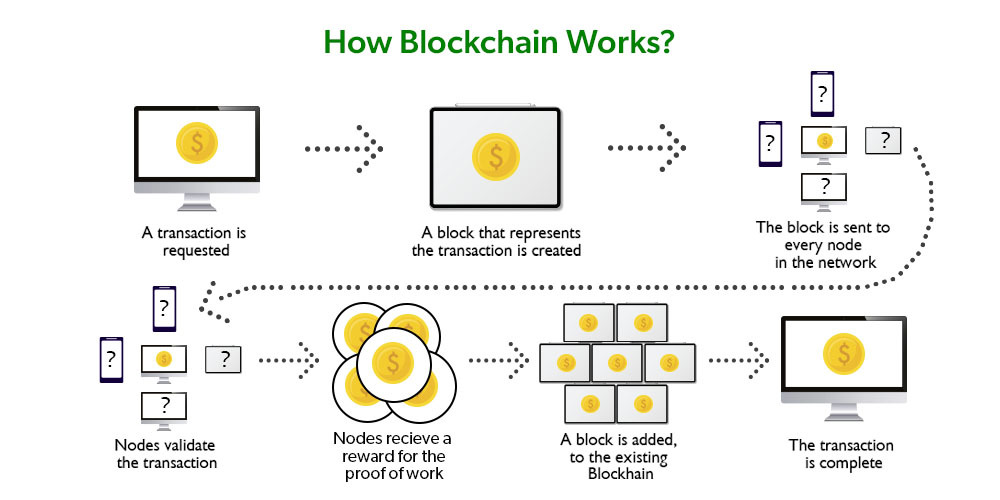
- Blockchain Technology: At the heart of crypto mining is the blockchain, which is a digital ledger that records all transactions. This ledger is decentralized, meaning it’s not controlled by a central authority like a bank. Each “block” in the chain contains a batch of transactions. Once a block is complete, it’s linked to the previous block, forming a chain of blocks—hence the name “blockchain.”
- Mining Process: Crypto mining works by solving cryptographic puzzles. When someone wants to send cryptocurrency to another person, that transaction is added to a pool of unconfirmed transactions. Miners then compete to solve a complex mathematical problem (called a “hash”) that validates that transaction. Once the problem is solved, the miner can add the block to the blockchain.
- Proof of Work: Many cryptocurrencies, like Bitcoin, use a method called Proof of Work (PoW) to validate transactions. This method requires miners to use computational power to solve these cryptographic puzzles. The miner who successfully solves the puzzle gets the right to add the block to the blockchain and, in return, earns a reward in the form of cryptocurrency.
- Mining Rewards: As an incentive for validating transactions and securing the network, miners are rewarded with new cryptocurrency tokens. This reward varies depending on the blockchain and the cryptocurrency being mined. For example, Bitcoin miners are rewarded with newly minted Bitcoin for each block they add to the blockchain.
Why Is Crypto Mining Important?
Crypto mining plays a vital role in the operation of many blockchain networks. Without mining, transactions would not be verified, and the blockchain would become vulnerable to fraud. In essence, mining is the process that ensures the integrity of the blockchain and the trustworthiness of cryptocurrencies.
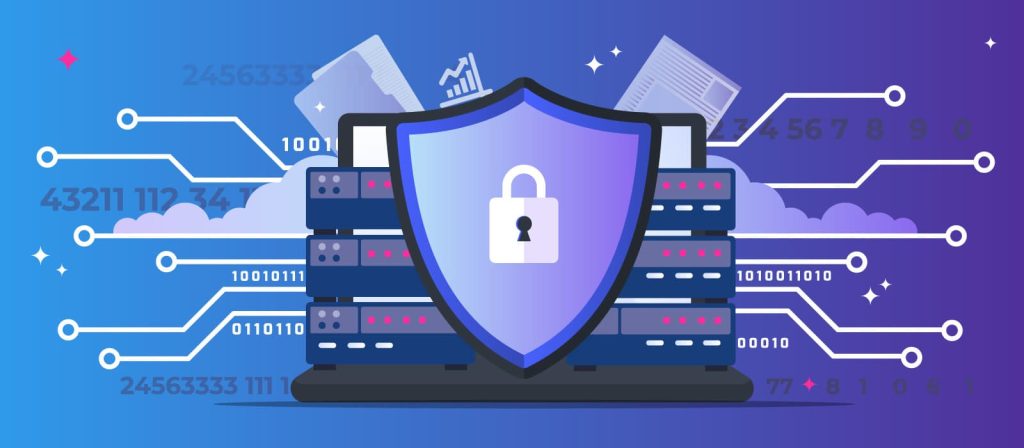
Moreover, crypto mining is the process through which new cryptocurrencies are created. For example, Bitcoin’s supply is capped at 21 million coins, and mining is the mechanism through which these coins are gradually introduced into circulation.
How Do Miners Do It?
To participate in crypto mining, miners use special hardware that is powerful enough to solve these complex mathematical puzzles. There are two primary types of mining hardware:
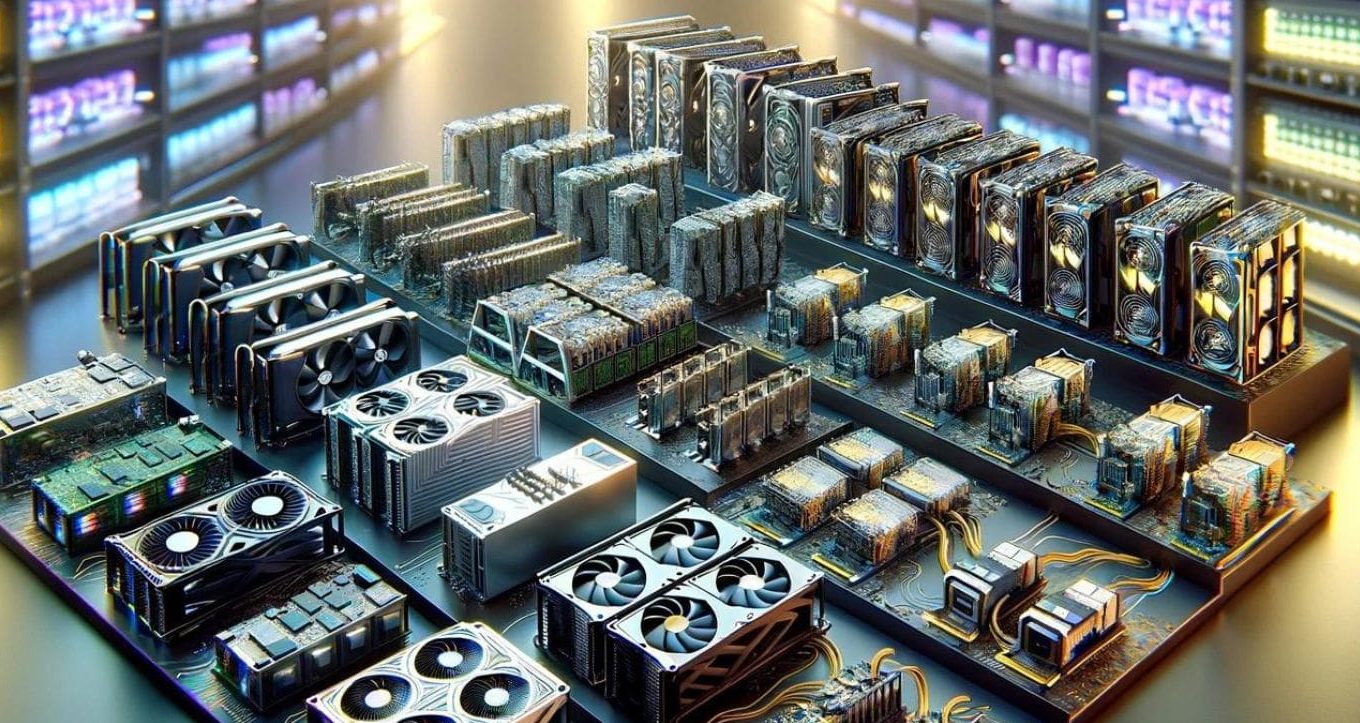
- ASIC Miners: These are specialized devices built specifically for mining. ASICs (Application-Specific Integrated Circuits) are much more efficient than general-purpose computers for mining cryptocurrencies. However, they can be expensive and are typically used for mining well-established cryptocurrencies like Bitcoin.
- GPU Miners: These are general-purpose graphics processing units (GPUs) typically used in gaming computers. GPUs are also used for crypto mining because they can perform the necessary computations required by many cryptocurrencies, though they are generally less efficient than ASICs.
Mining Pools
Due to the high level of competition in mining, many individual miners join mining pools. A mining pool is a group of miners who combine their computing power to solve cryptographic puzzles faster. When the pool successfully mines a block, the reward is divided among all the participants based on the amount of computing power they contributed.
The Challenges of Crypto Mining
While the idea of mining cryptocurrencies may sound exciting, there are a few challenges associated with it:
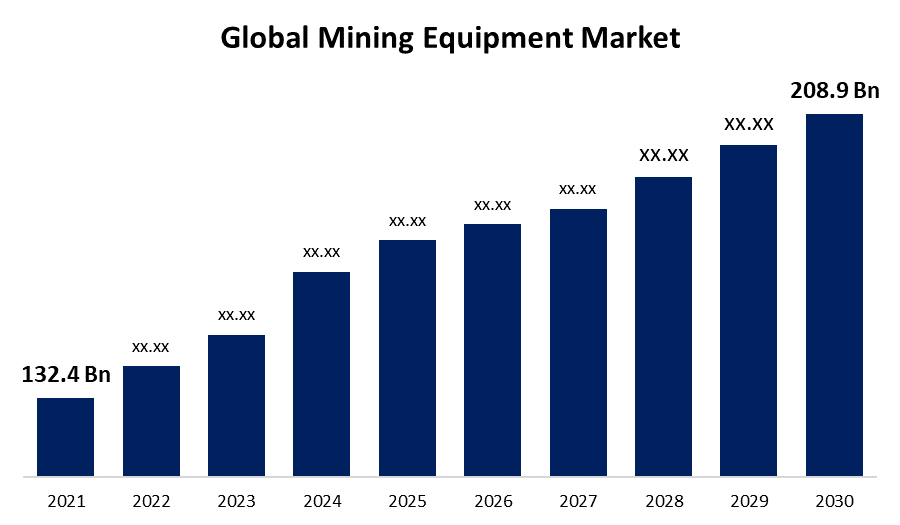
- High Energy Consumption: Mining requires a significant amount of electrical power. The process of solving cryptographic puzzles demands a lot of computational power, which in turn consumes a lot of energy. This has raised concerns about the environmental impact of crypto mining.
- Initial Investment: The hardware required for mining can be costly, especially if you’re aiming to mine well-established cryptocurrencies like Bitcoin. While it is possible to start mining with lower-cost equipment, mining profitability typically increases with better hardware.
- Increasing Difficulty: As more miners join the network, the difficulty of mining increases. This is a feature of many cryptocurrencies, like Bitcoin, to ensure that new blocks are added to the blockchain at a consistent rate. As difficulty increases, miners need more powerful hardware to stay competitive.
In Summary
Crypto mining is the backbone of many cryptocurrency networks. It ensures that transactions are verified, secure, and added to the blockchain while also introducing new coins into circulation. It requires specialized hardware, substantial energy consumption, and involves solving complex mathematical problems. While mining can be profitable, it also comes with challenges like high costs and increasing difficulty. Understanding how crypto mining works is essential for anyone looking to get involved in the world of digital currencies.
How Does Crypto Mining Work?
To understand crypto mining, it’s important to know the basic components involved:
- Blockchain: This is the digital ledger where all cryptocurrency transactions are stored. Every time someone sends or receives cryptocurrency, that transaction is recorded in a “block.” These blocks are linked together to form a chain—hence, “blockchain.”
- Hashing: Miners use special algorithms to solve complex mathematical problems called “hashes.” A hash is like a unique fingerprint for each transaction. When a miner successfully solves a hash, the transaction is validated, and the new block is added to the blockchain.
- Proof of Work (PoW): This is the method used in many cryptocurrencies, such as Bitcoin, to validate transactions. PoW requires miners to solve these complex puzzles as proof that they have invested computational effort in securing the network.
- Mining Rewards: Once a miner successfully solves a puzzle and validates a block, they are rewarded with a certain amount of cryptocurrency. This is how new coins are introduced into circulation.
Why Should You Care About Crypto Mining?
Now that you understand how crypto mining works, you may be wondering why it’s such a hot topic, especially for young people like yourself. Well, here are some compelling reasons why you should care:
1. Passive Income Opportunity
Mining can be a way to earn passive income. Once you set up your mining rig (the hardware used for mining), it can run continuously, earning you cryptocurrency rewards while you sleep. Of course, there is an initial investment in buying mining equipment, but over time, the returns can outweigh the costs.
2. Financial Independence
Many people have turned to crypto mining as a way to achieve financial independence. Unlike traditional forms of investment, such as stocks or real estate, crypto mining allows individuals to earn without relying on a middleman or a centralized bank. You’re in control of your finances.
3. The Excitement of Technology
Crypto mining is not just about earning money—it’s also about exploring cutting-edge technology. From building your own mining rig to understanding the intricacies of blockchain, mining can be a thrilling experience for tech enthusiasts. You’ll get to learn more about computers, networks, and cryptography, making it an ideal hobby for those interested in the digital world.
4. Global Reach
Cryptocurrency is not bound by borders. It doesn’t matter where you are in the world—whether you’re in a bustling city or a small rural town—if you have a computer and an internet connection, you can mine. This global aspect makes it an attractive opportunity for young people everywhere.
Is Crypto Mining Legal in Your Country?
One important thing to note is that crypto mining is legal in many parts of the world, including the country where I live. However, it’s crucial to stay informed about your local laws and regulations regarding cryptocurrency. In some regions, crypto mining may be heavily regulated or even banned, while in others, it’s a thriving industry.
For those living in countries where crypto mining is legal, the potential for making money through mining is an exciting prospect. Since this activity is not penalized by law where I live, it offers a relatively risk-free way to get involved in the crypto space.
The Challenges of Crypto Mining
While crypto mining offers great potential, it’s not without its challenges. Here are a few hurdles that miners face:
- High Initial Investment: Mining requires specialized hardware, such as high-performance GPUs or ASICs (Application-Specific Integrated Circuits). These can be expensive, especially if you want to build a mining farm.
- Electricity Costs: Mining uses a lot of electricity. The more mining rigs you have running, the higher your electricity bill will be. This is an ongoing expense that you need to factor into your profitability.
- Difficulty Levels: As more miners join the network, the difficulty of solving hashes increases. This means that mining becomes more competitive over time, and it can be harder to earn rewards without investing in more powerful hardware.
- Environmental Concerns: The environmental impact of crypto mining has been a subject of debate. Mining consumes a significant amount of energy, and some of the energy used may come from non-renewable sources, contributing to carbon emissions.
How to Start Crypto Mining
Ready to jump into the world of crypto mining? Here’s how you can get started:
- Choose a Cryptocurrency to Mine The first step is deciding which cryptocurrency you want to mine. Bitcoin and Ethereum are the most popular, but there are many others, including Litecoin, Dogecoin, and more. Research which coins are the most profitable to mine based on your available hardware and electricity costs.
- Get the Right Hardware To mine effectively, you’ll need the right hardware. This could be a high-performance GPU (Graphics Processing Unit) or an ASIC miner. ASICs are specifically designed for mining, offering higher efficiency but at a higher cost.
- Join a Mining Pool Solo mining can be tough, especially if you’re just starting. By joining a mining pool, you can combine your computing power with other miners to increase the chances of solving a block. When a block is solved, the reward is split among all pool members.
- Install Mining Software After setting up your hardware, you’ll need to install mining software. This software connects your mining rig to the blockchain network and helps manage the mining process. Popular mining software includes CGMiner, BFGMiner, and NiceHash.
- Start Mining Once everything is set up, it’s time to start mining! The mining software will run in the background, continuously solving mathematical problems and earning you cryptocurrency rewards.
The Future of Crypto Mining
Crypto mining is still a relatively young industry, but it has already made a significant impact. As technology advances, we can expect mining to become even more efficient and accessible to a broader audience. Innovations like Proof of Stake (PoS) and eco-friendly mining methods are on the horizon, making crypto mining more sustainable.
For young people looking to get into the world of cryptocurrency, now is the perfect time to start mining. With a little research and investment, you could be part of the next generation of crypto pioneers.
Conclusion: Is Crypto Mining for You?
Whether you’re looking to earn passive income, dive into the world of cryptocurrency, or explore new technology, crypto mining offers plenty of opportunities. It’s an exciting space that’s constantly evolving, and with the right tools and knowledge, you can be part of this digital revolution.
So, what are you waiting for? Start mining today and watch your crypto assets grow!







